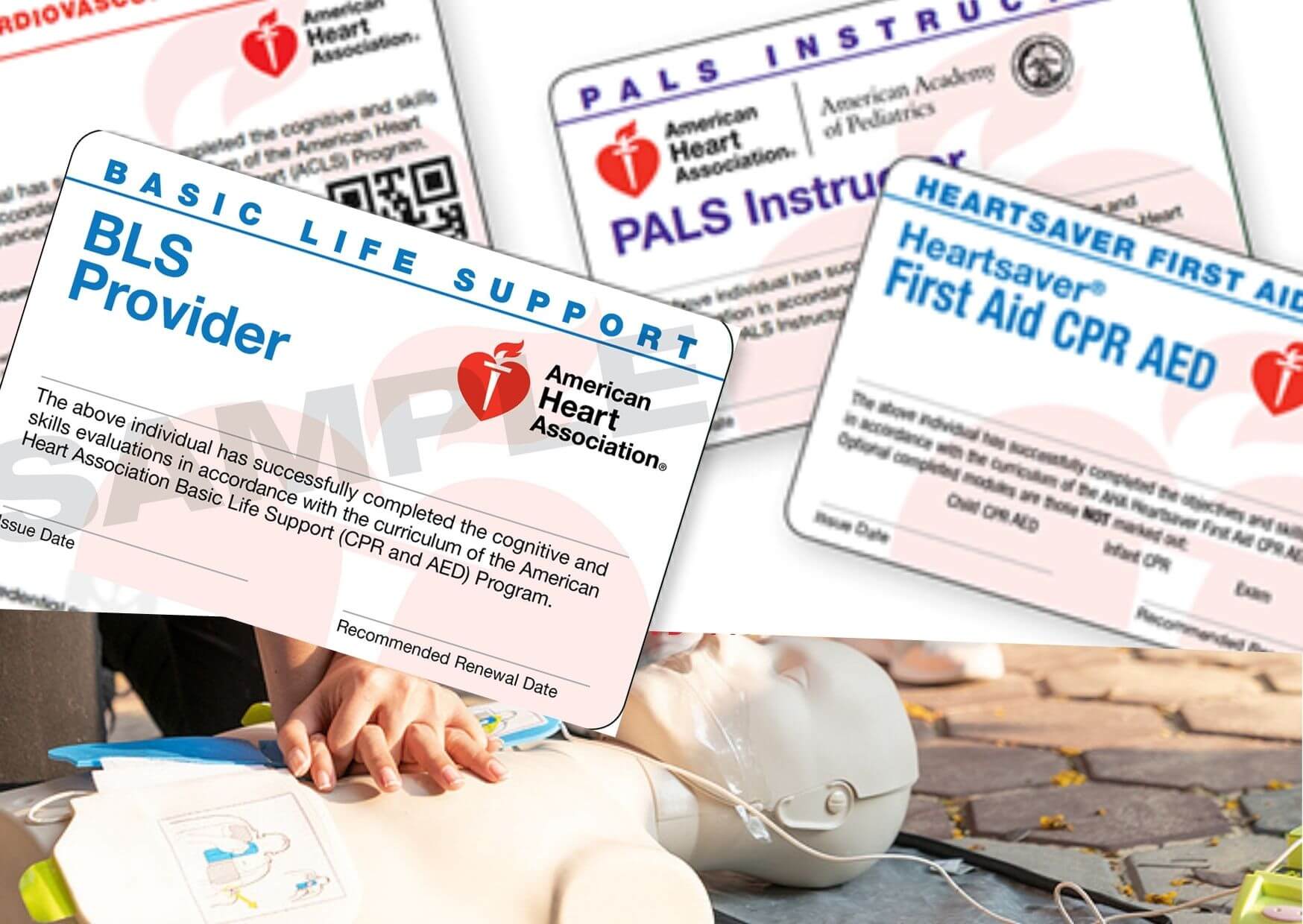 Why CPR Proficiency Matters:
Why CPR Proficiency Matters:
In a world full of unexpected emergencies, it is essential to possess the knowledge and ability to perform CPR (Cardiopulmonary Resuscitation). CPR proficiency is not just advantageous, but it can make a significant difference in life-threatening situations. It serves as a critical skill for health and safety, allowing individuals to act swiftly and decisively during emergencies.
CPR proficiency acts as a lifeline when someone experiences sudden cardiac arrest or other medical emergencies. Time is of the essence in these situations, and every passing moment without intervention decreases the chances of survival. With CPR proficiency, individuals can step in confidently and initiate essential chest compressions and rescue breaths. These actions help maintain blood circulation and oxygenation until professional medical assistance arrives.
The Role of CPR Certification:
CPR certification plays a pivotal role in ensuring that individuals are adequately trained to perform CPR effectively. Certification courses provide comprehensive instruction on CPR techniques, including proper hand placement for chest compressions, the correct ratio of compressions to breaths, and the use of automated external defibrillators (AEDs). By obtaining CPR certification, individuals gain the necessary knowledge to recognize signs of cardiac arrest and respond appropriately in emergency situations.
Empowering Communities Through CPR Certification:
Obtaining CPR certification is not just about personal development; it also contributes to building safer and more resilient communities. Having trained individuals who can administer CPR can be the difference between life and death in various settings, such as homes, workplaces, and public spaces. CPR certification empowers people to take proactive steps in protecting the well-being of those around them. It fosters a culture of preparedness and responsiveness within communities, creating an environment where individuals are ready to act when emergencies arise.
The Impact on Health and Safety:
The ability to perform CPR can have a profound impact on health outcomes. Immediate initiation of CPR can double or even triple the chances of survival for someone experiencing cardiac arrest. By maintaining adequate blood flow to vital organs, CPR prevents irreversible damage to the brain and other organs, significantly improving the likelihood of a positive outcome.
Moreover, CPR proficiency contributes to overall safety by promoting a swift and coordinated response to emergencies. Whether it’s a cardiac arrest, drowning, or choking incident, individuals with CPR certification are equipped to intervene promptly. Their actions mitigate risks and minimize the severity of injuries, creating a safer environment for everyone involved.
Conclusion:
In conclusion, CPR proficiency is critical for health and safety in any community. CPR certification is more than just fulfilling a requirement; it is about acquiring the knowledge and skills needed to save lives. By investing in CPR certification, individuals become empowered to act confidently and effectively during emergencies. They have the potential to avert tragedy and preserve life.
As we navigate the uncertainties of daily life, let us recognize the importance of CPR proficiency and its role in safeguarding our well-being and the well-being of those around us. Together, let us prioritize CPR certification and cultivate a culture of preparedness. By doing so, we ensure that we are ready to respond decisively when the need arises, making our communities safer and more resilient.

